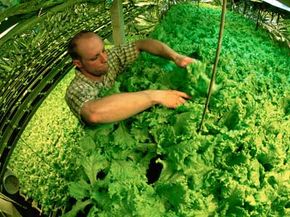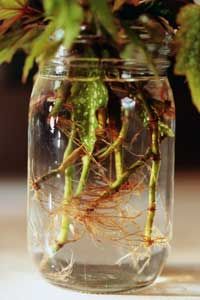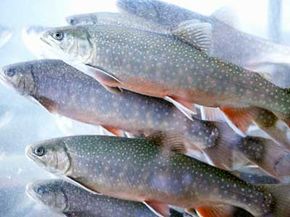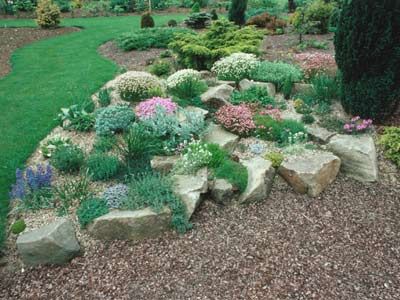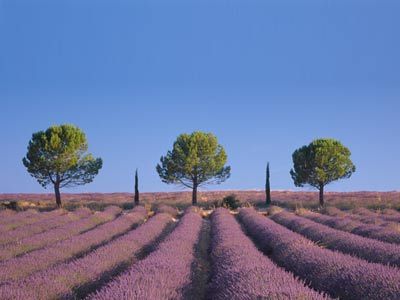They say one person's trash is another's treasure. The day-old bagels a franchise views as too stale for customers taste perfectly delicious to the hungry when they're distributed at a homeless shelter. The annoying, hyperactive puppy one family abandons at the dog pound because it chews shoes becomes another family's rambunctious little delight. What one group sheds as waste, another takes in as nourishment. It's a lovely circle.
With aquaponics, this same circle is turning -- only it doesn't have anything to do with bagels or puppies. Aquaponics is a method of cultivating both crops and fish in a controlled environment. The fish are kept in tanks, and the plants are grown hydroponically -- meaning without soil. They sit in beds, but their roots hang down into a tub of water. When fish live in tanks, their waste builds up in the water, and it eventually becomes poisonous to them. But what is toxic for fish is nourishing for plants -- they love nothing more than to suck down some fish waste. So with aquaponics, the fish waste-laden water from the fish tanks is funneled to the tubs where the plants dangle their roots. When the plants absorb the nutrients they need from that water, they basically cleanse it of toxins for the fish. Then that same cleansed water can be funneled back into the fish tanks.
Advertisement
This method of farming fish and crops is a good thing on several different levels. First of all, it removes fertilizer and chemicals from the agricultural process. The fish waste acts as a natural fertilizer for the crops, instead. Second of all, it saves water because the water is recycled within the tanks rather than sprayed across a field of crops with abandon. Thirdly, an aquaponics environment can be set up anywhere, so it reduces the need for local communities to import fish and crops from other countries. That saves fuel -- also a positive.
Aquaponics, with its fancy name, may sound like a trendy new concept developed by environmentalists. But it's actually as old as the hills. The origins of aquaponics can be traced to ancient Egyptian and Aztec cultures. The ancient Aztecs developed chinampas, man-made floating islands, which consisted of rectangular areas of fertile land on lake beds. Aztecs cultivated maize, squash and other plants on the chinampas and fish in the canals surrounding them. The fish waste settled on the bottom of the canals, and the Aztecs collected the waste to use as fertilizer [source: Growfish]. Additionally, countries in the Far East like Thailand and China have long used aquaponic techniques in rice paddies.
Let's learn how this ancient farming method is applied today.
Advertisement
